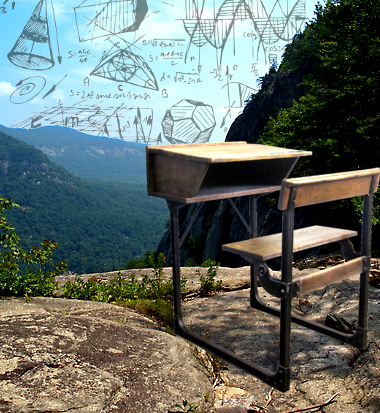Selective tests tweaked
 Boys continue to outnumber girls at NSW’s selective schools.
Boys continue to outnumber girls at NSW’s selective schools.
A 2018 NSW Education Department review of access to the state’s 51 selective schools found fewer places in the system for girls, and that female students declined offers more often than boys.
The review found the schools were placing too much emphasis on mathematical ability in entrance tests, which boys tended to perform better in.
Despite a new test being introduced last year with less emphasis on mathematics and more on writing and reading, the proportion of girls and Indigenous students being offered places in the public system’s highest-achieving schools remains low.
The number of girls signing up for selective schools has grown slightly since 2018, but the proportion of females accepting a place was the lowest in four years.
Associate Professor Jae Yup Jung, an expert in gifted education, says reasons why fewer girls are opting for selective schools are complex and varied.
“It could be family attitudes,” he told reporters this week.
“It could be that families are thinking selective schools may not be the best schooling option for my girl. It could be the aspirations of the children themselves. It’s not realistic to expect changes in the short term.”
The number of Indigenous students applying, being offered and accepting places is also at its lowest level in four years.
Anthony Manning, acting group deputy secretary of school performance for the NSW education department, says he is trying to understand why.
“A number of changes to the tests have also been implemented for placement from 2022, including test panelling to ensure that test items are culturally appropriate for Aboriginal students, students in rural and remote areas, students from disadvantaged backgrounds, girls and students from culturally and linguistically diverse backgrounds,” he said.
“Regional and rural selective schools have had more success in attracting Aboriginal students, and we can learn from this,” he said.








 Print
Print